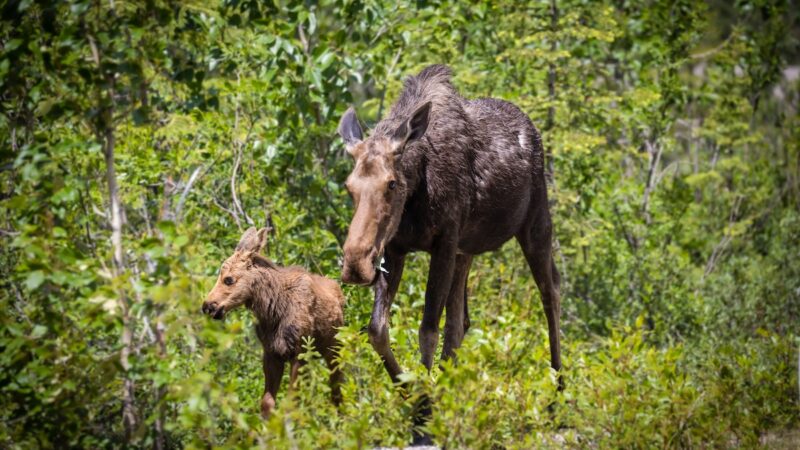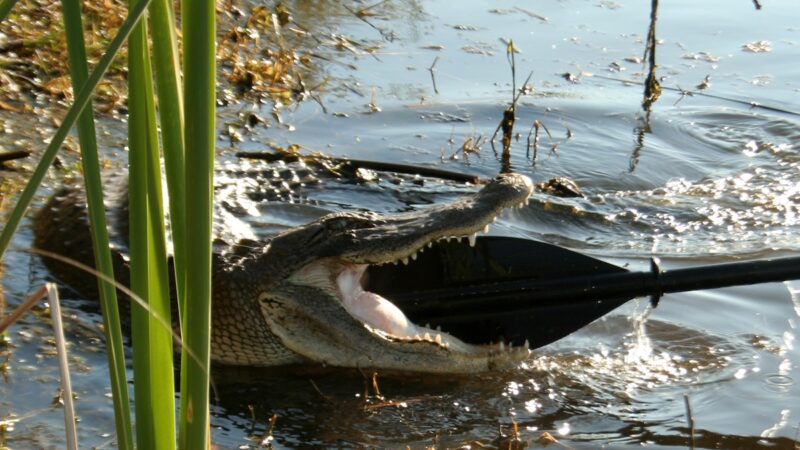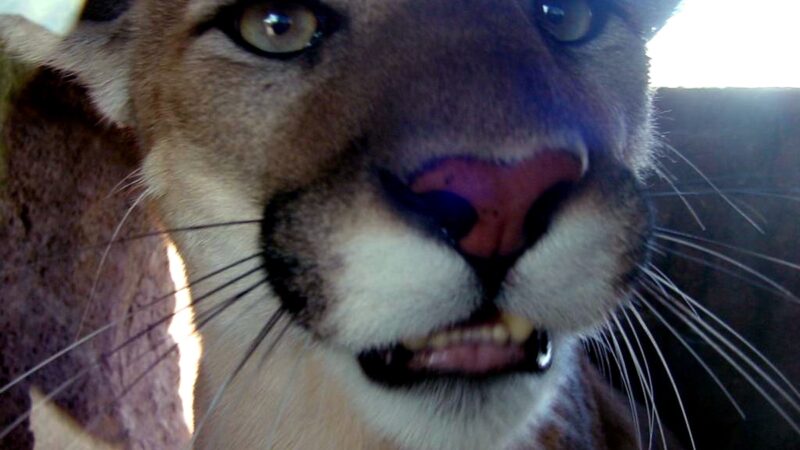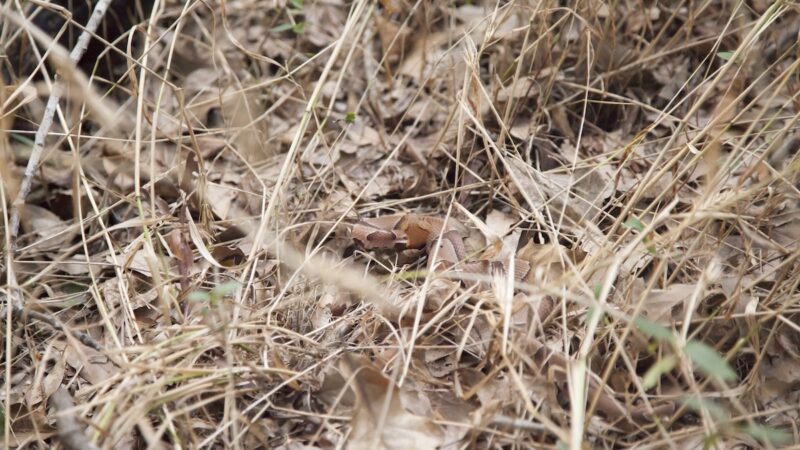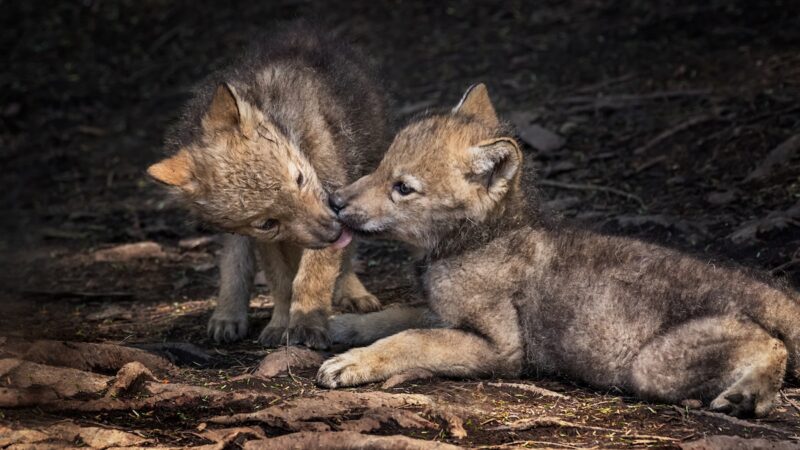Coyote Peterson on His Wild Career (That Almost Didn’t Happen)
Coyote Peterson is many things—an outdoor adventurer, an expert at handling dangerous animals, a bite and sting daredevil, a YouTube content creator, and an advocate for wildlife. He and his team created the YouTube channel Brave Wilderness, which has over 21 million subscribers, but it hasn’t been an easy road to success. We sat down with Coyote to find out more about how he went from his small-town beginnings to a famous animal guy on the internet.
Videos by Outdoors
Humble Beginnings
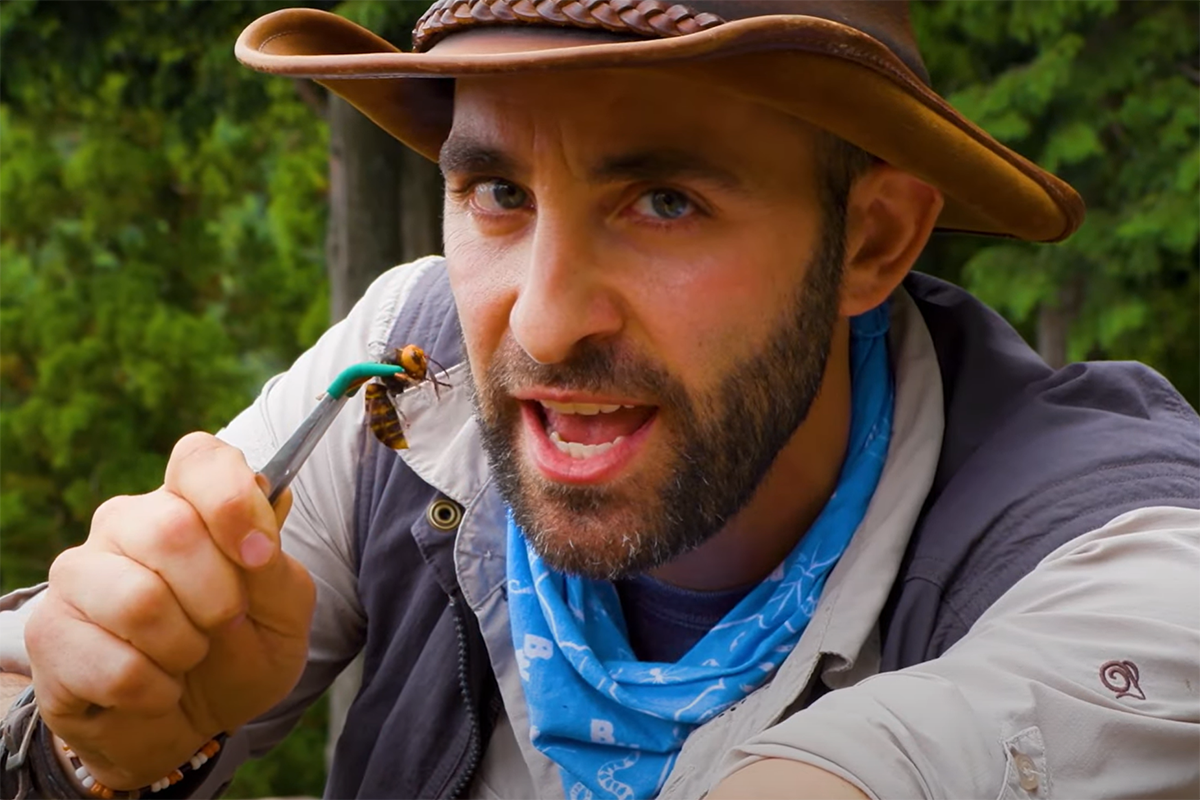
Peterson grew up in Newberry, Ohio, somewhere southwest of Cleveland that doesn’t have any fast-food restaurants—not even a Starbucks.
Peterson’s love of animals started early. He and his sister spent much of their childhood running around in the woods catching snakes, turtles, and frogs. They’d disappear into the wilderness behind the house, getting into swamps, ponds, creeks, and rivers and catching things like bullfrogs, painted turtles, water snakes. The most dangerous thing in their neck of the woods was a common snapping turtle.
Coyote’s family would camp across the U.S. together, which encouraged his love for outdoor adventure. His animal knowledge is completely self-taught from reading books, working with experts, and leaning on his semi-photographic memory.
“I developed a skill for being very good at being able to submerge myself into the environment without being noticed, which allowed me to get close to animals,” he said. “And then I developed the skill for being very quick at hand-eye coordination—to be able to catch things.”
Coyote eventually moved on from the animals in his backyard to some more dangerous ones—including snakes, as well as lizards and the creepy-crawlies of the world. He learned how to interact with these animals without making them feel threatened. He says there’s something to the idea of having a “touch” with animals; it is all about hand-eye coordination and being fast, while also being gentle at the same time.
The College Years
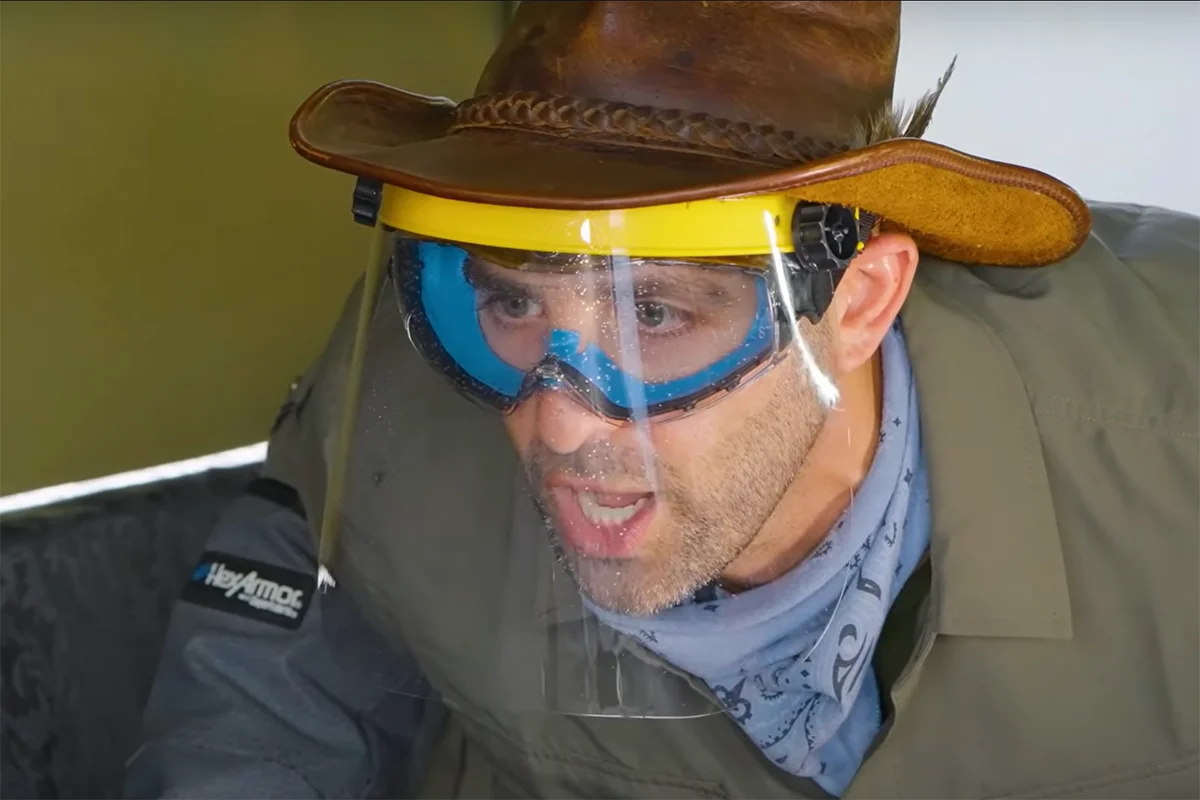
By the time Coyote got to college, he admits he was more into sports cars and girls than animals—the “typical teenage-type things”—but it was in these foundational years that Coyote’s love for storytelling really began to blossom.
“I became very interested in how an individual who watches a film ends up feeling internally,” he said. “And I was like, ‘why are these movies making me feel a certain way?’ I wanted to learn how to make other people feel like that.”
Coyote decided he wanted a career in screenwriting, producing, and directing, but Ohio State University did not have a film program. He didn’t give up, though, convincing his guidance counselors to allow him to create a personalized study program. He took different classes from separate departments in the university to create his own major, essentially piecing together a degree in cinema.
“I wanted to learn the business of the ‘street,’” he said. “I wanted to learn the legalities of the industry. I wanted to learn how to write. I wanted to learn how to build teams. I wanted to learn how to produce. I never had interest in ever being in front of a camera.”
Behind the camera, Coyote was good. He won a screenwriting competition and ended up directing the first feature film at Ohio State in over 25 years.
Inspired by the likes of adventurers Steve Irwin and Bear Grylls, Coyote loved the fast-paced editing and in-your-face cinematography of shows like Man vs. Wild, and his own take on the genre eventually became Brave Wilderness, but the road to success was a long one.
The Origins of Brave Wilderness
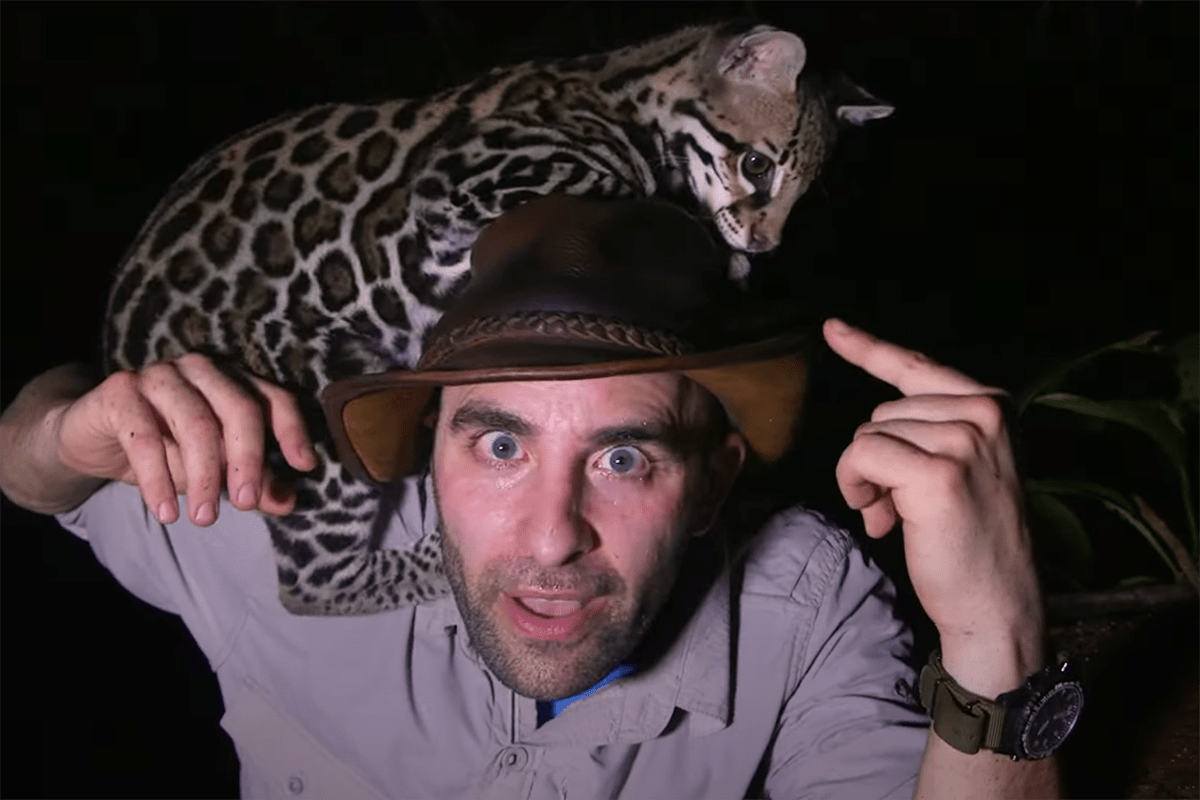
Coyote and his business partner, Mark, came up with the idea for Brave Wilderness when they both had day jobs. Coyote was working 9-5 for a printer-ink company and not making enough to support himself.
“Everybody told us no,” Coyote said after countless pitch meetings and feigned interest that never led to a signed contract. He worried that 10 years down the line he’d be $100,000 in debt with a day job that wasn’t fulfilling his passion for storytelling.
One day, Coyote’s boss asked about his movie projects and then invested a small amount of money to help Coyote and Mark get started. They used the money to establish their first LLC and get an entertainment attorney to help them protect their intellectual property—the most valuable thing at the end of the day.
“We could put together pitch packages and the test footage, but made sure we were doing it the right way and we weren’t getting taken advantage of or giving up the rights to ownership of our likeness and image of the footage,” he said.
The pair continued to develop their concept for over five years and had cast a friend as the wildlife presenter on camera, while Coyote was directing and filming.
“When the cameras really weren’t rolling I would be catching a snapping turtle, and then I would bring it into the scene for the host to hold,” Coyote said. “He would have his lines memorized.”
While pitching that concept, big wigs at different production houses would watch the footage and ask where the animals came from. Coyote showed them behind the scenes, and they said, “Well, that’s the show.” And just like that, Coyote became the star.
From Behind the Camera to in Front of It
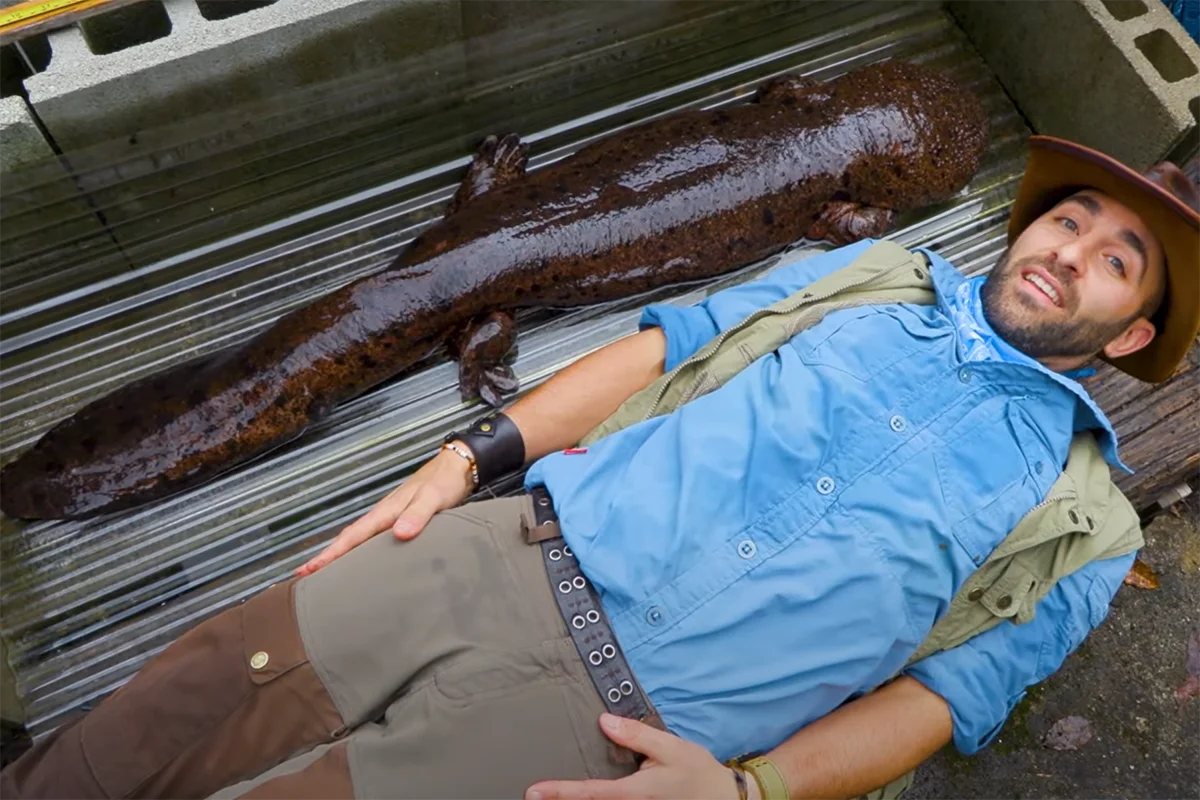
Coyote says it’s funny that he ended up being in front of the camera. In the end, it was his Ohio roots and his special “touch” with animals that was the ticket to eventual success.
Success wasn’t won quite yet, though. On the verge of giving up, Coyote and his team launched a channel on YouTube and in 2014, they launched Brave Wilderness.
“We recognized that YouTube was our opportunity to get our foot in the door and get people watching our content,” Coyote said. “And if people started watching and they liked it, we knew that we would get some momentum, which is exactly what we did.”
YouTube was a miracle for them as a distribution platform.
“We are not reliant on anybody in Hollywood. I have no greater executive or parent company. We are 100% in control of our own existence,” Coyote said. “It goes back to knowing your intellectual property rights and having the right legal assistance to guide you with the business choices you make.”
Coyote had graduated from Ohio State in 2005, but it was a solid nine years before he began to see the fruits of his labor, spending at least five years on the development of Brave Wildness and losing a multi-million-dollar opportunity that fell through at age 26. He says they “didn’t make a dime” off Youtube until 2016, when they finally started making a consistent revenue.
“[It was] a solid decade of non-stop hustling, getting paid zero dollars—zero income from my glorified hobby,” Coyote said. “We were dumping all of our vacation time, all of our extra financial resources to keep the machine going. But we knew in the back of our minds that this was primed to happen.”
Coyote believes practice will never make perfect, it will just make you better. All of those learning curves along the way drove him and his team harder to figure it out. He believed they had all of the right skill sets to make something amazing—and they did.
Coyote concludes: “If you truly believe that you can accomplish something, you just keep pushing and keep trying. It takes resilience. Don’t be afraid to take risks.”

Source: https://outdoors.com/coyote-peterson-on-his-wild-career/

